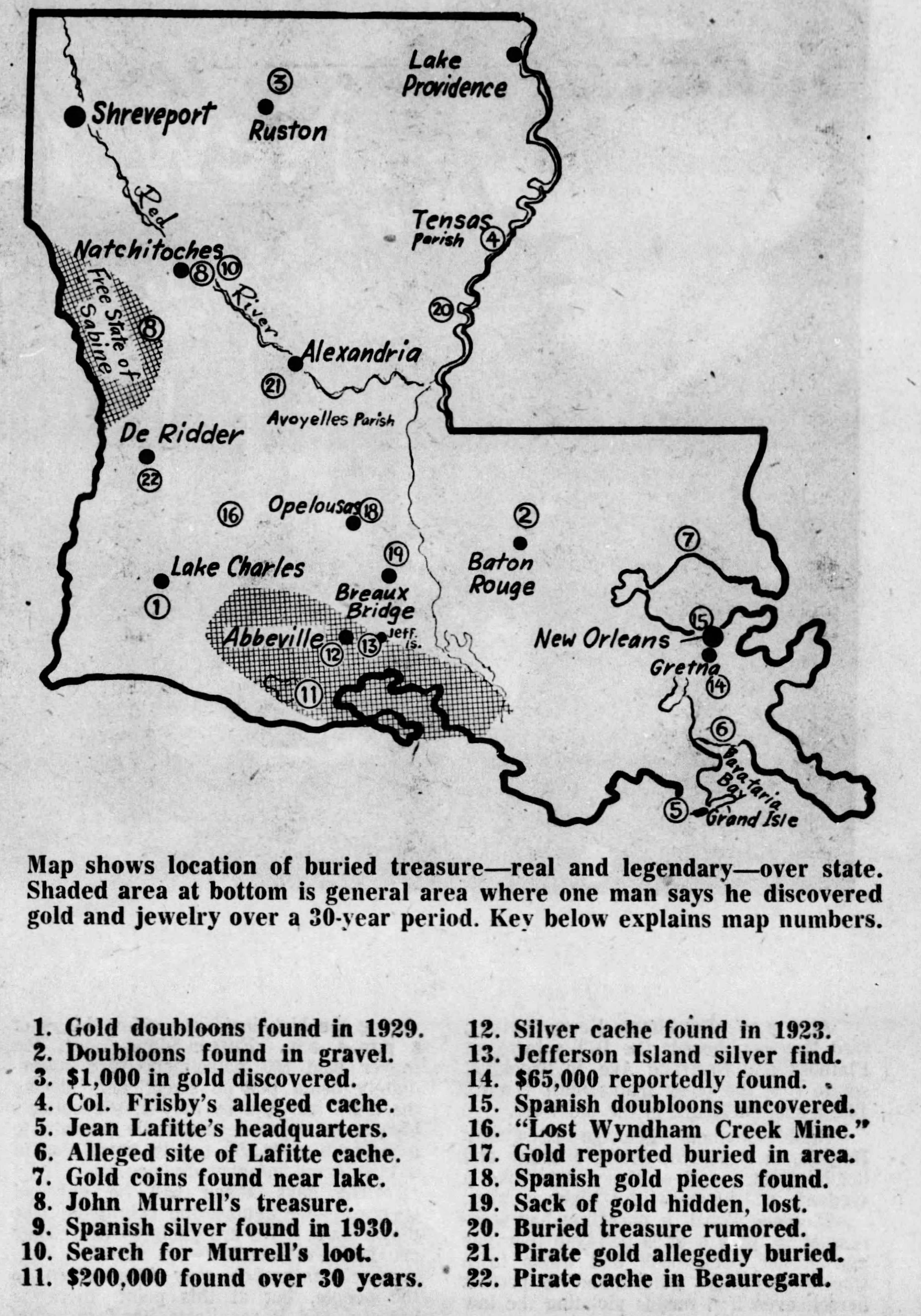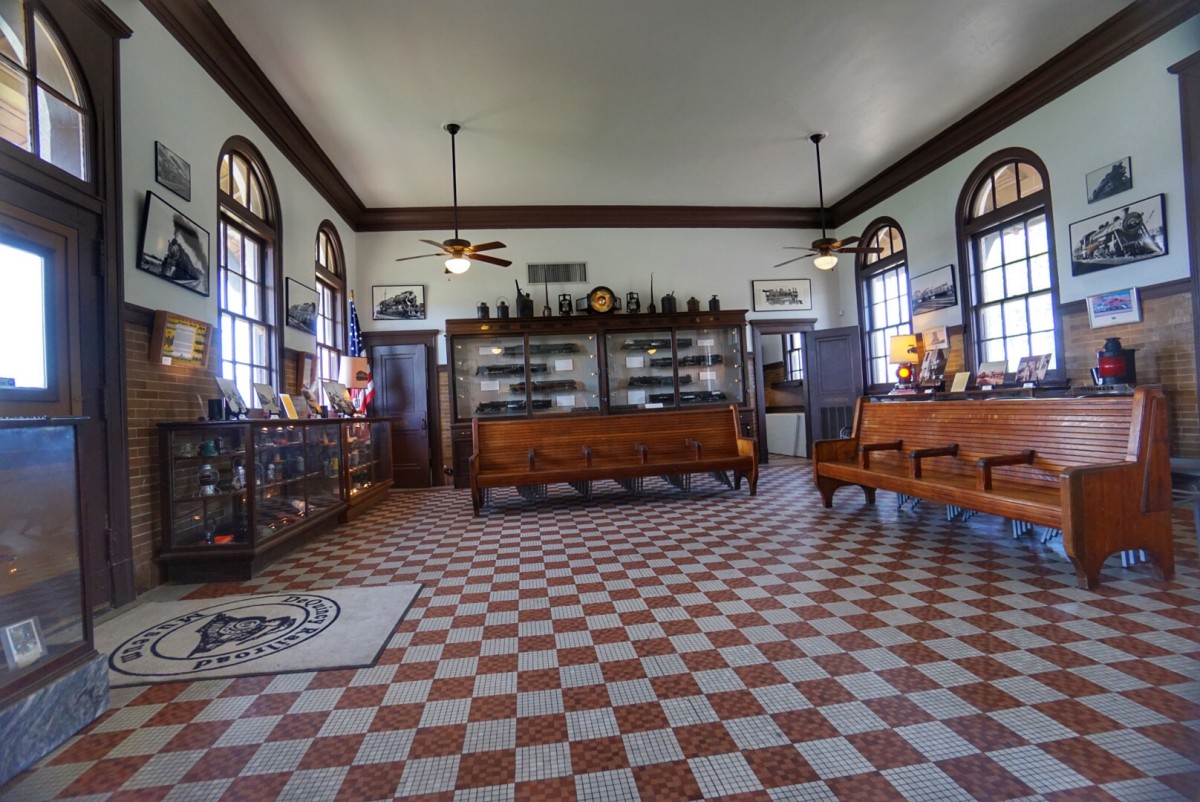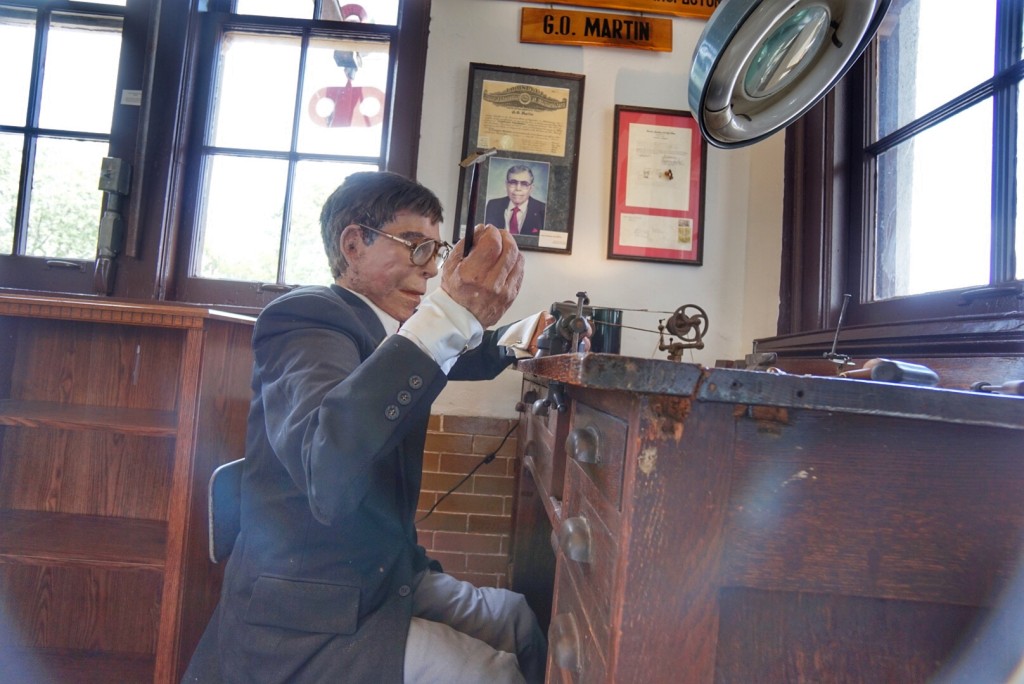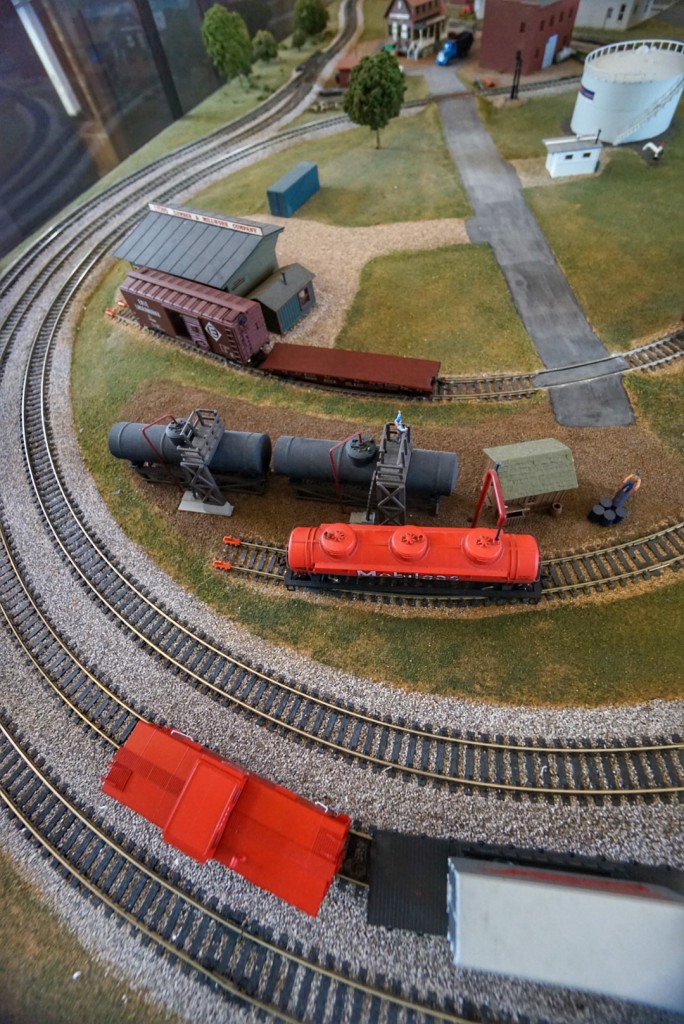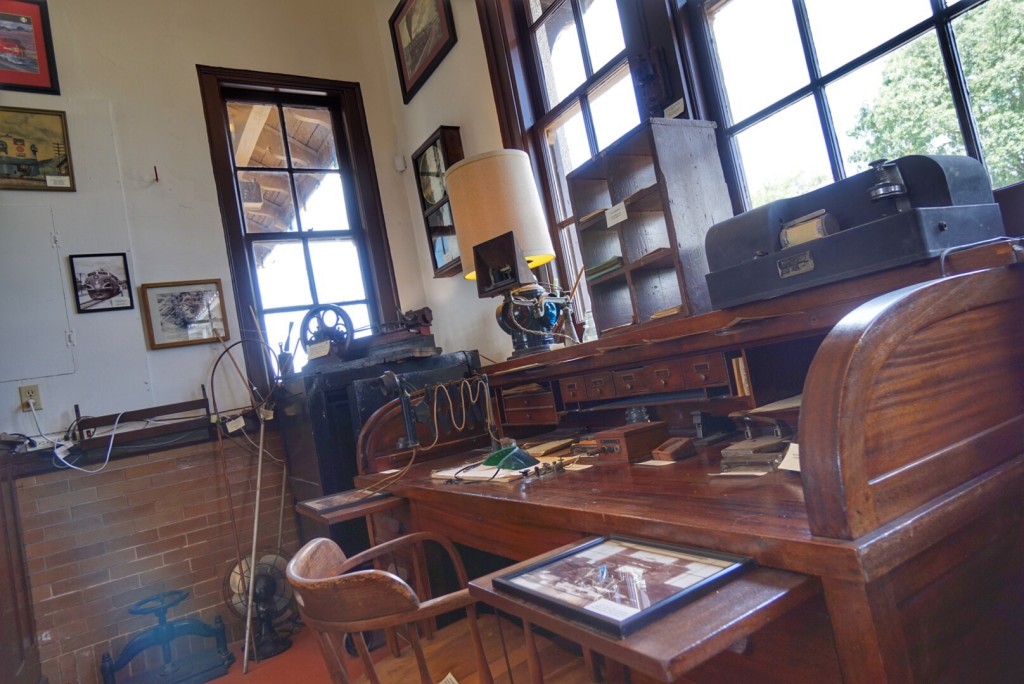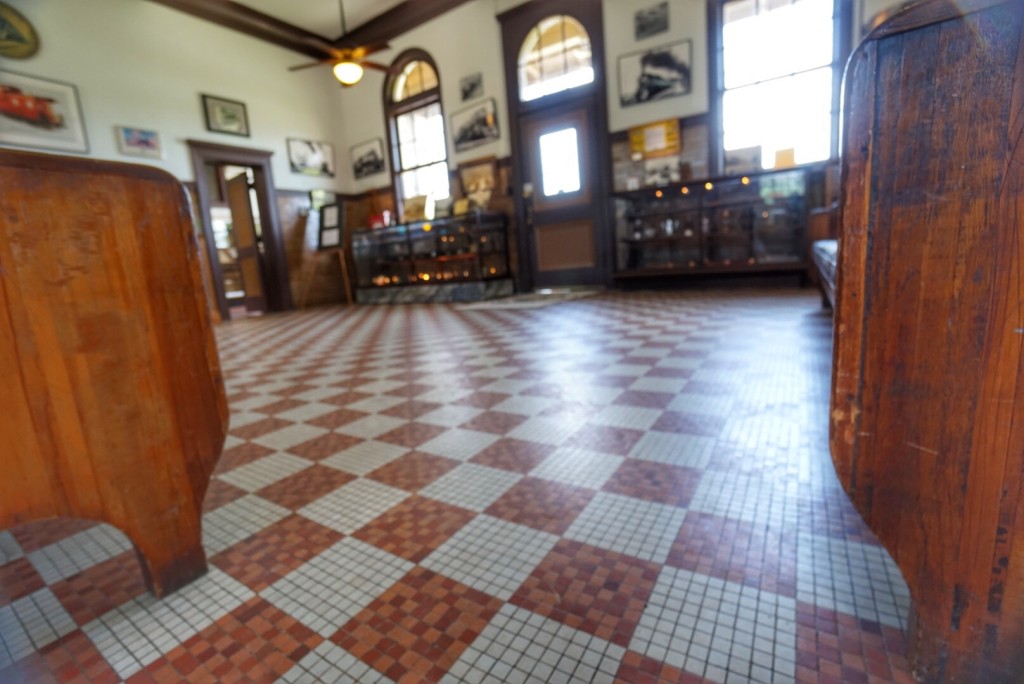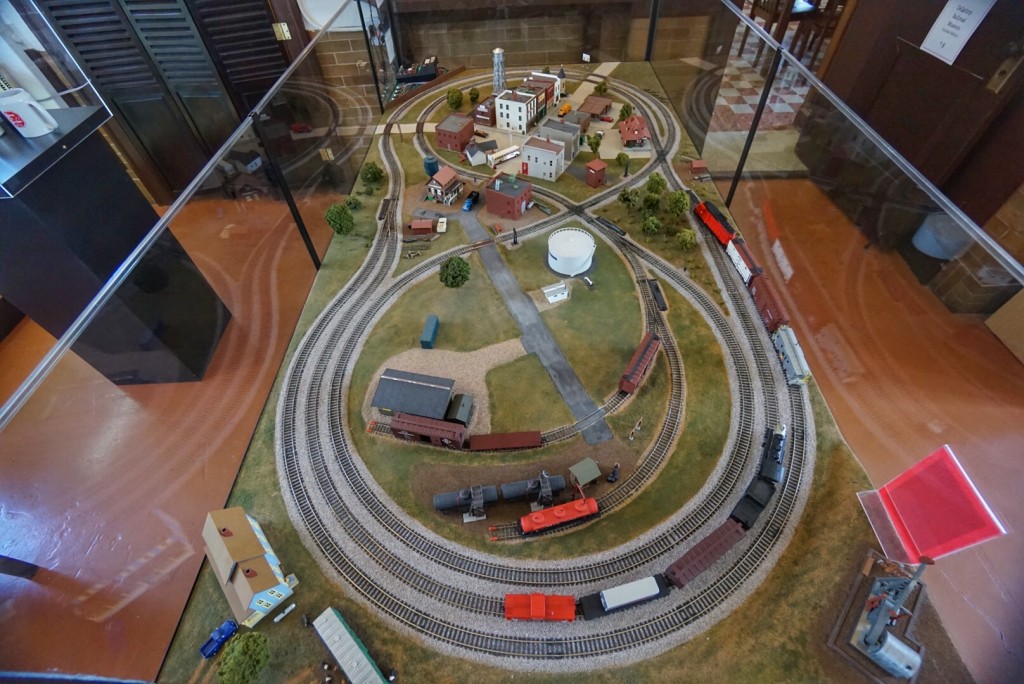In June 1965, The Shreveport Times featured an articled titled, “Where the gold is… maybe.”
Among the geographic regions mentioned in the article was Western Louisiana, where it has been long believed that nineteenth century bandit John Murrell and his gang of thieves buried their loot… possibly in today Sabine and/ or Vernon parishes. Also mentioned was the “lost mine of Wyndham Creek” in Beauregard Parish, which also hugs the Louisiana/Texas border along the Sabine River.
The article, written by Times reporter Norman Richardson (a superb journalist and feature writer of his day), follows.
If Jean Lafitte had dug as many holes and buried as much gold as legend says he did, the soil of the Bayou State would contain little else.
Pirates like Lafitte and Pierre Rameau and land bandit John Murrell once called Louisiana home and, carrying on an age-old tradition, no doubt hid much loot that lies undiscovered to this day.
All through the state’s history fabulous fortunes vanished almost overnight, never to be heard from again. Even the wealthy Spanish who ruled the state for almost a century were well known for their habit of concealing silver and jewelry and gold and almost everything else of value.
When the Civil War came, the planters latched on to the idea and began burying their valuables so the Yankees wouldn’t get anything. A lot of these people apparently died in the war and others left their homes and simply never returned, so who can say what lies under the spots where these homes once stood and how much it is worth.
Even the ordinary people were forced into the act of burying things since banks catered only to the wealthy as little as 150 years ago. Take all this, plus the occasional finding of an old map allegedly pointing out treasure spots or parts of trinkets and treasures, and you have proof enough—at least for the treasure hunters—that Louisiana is a paradise for fortune seekers. It is true, the banks in those days were very different from today, that is why if you are short of cash you can access personal loans no credit check, to do whatever you want.
Take the men, for example, who excavated a dry bed of the Calcasieu River back in 1929 and came up with the richest strike in Louisiana history… 175,000 in gold coins buried just a few yards from the shoreline possibly by some of Lafitte’s cronies or maybe the man himself.
Then, there is the Baton Rouge find many years back. 21 Spanish gold doubloons that workers found in a load of gravel that came from Grand Isle. Or the more recent discovery, $1,000 in gold coins found when a Ruston man, John Skinner, shattered the blade of his plow on on old iron chest.
And if that’s not enough to keep treasure hunters awake all night, try this: Where did Col. Norman Frisby, the famed baron of Tensas Parish, bury his wagonload of gold that everyone knew he had. The violent-tempered Frisby had his dreams of an empire along a 52-mile front of the Tensas River interrupted by the Civil War and when he heard the roar of approaching Yankee cannons he one day loaded his valuables onto a wagon. Accompanied by two husky slaves, so the tale goes, he drove into the forest near his home. He returned to the home later without the valuables and legend says he shot the two slaves so they couldn’t tell. He later died is a knife fight with nephews and carried his secret to the grave.
None of his gold has ever been found, but the violent colonel’s relatives and descendants haven’t given up hope nor have the treasure hunters. For years. the Texas branch of the family has been trying to locate Norman Frisby’s Bible, which is said to contain many records and may hold the key to Frisby’s buried treasure.
The pirate Jean Lafitte, last of the great buccaneers, is suspected of having buried far greater treasures than Frisby’s. Lafitte’s corsairs patroled the waters of the Gulf of Mexico looting mer-chant ships and smuggling their loot into New Orleans.
Here Jean and his brother, Pierre, sold it freely to store owners, many of whom were their friends. He made his headquarters at Grand Isle off the Gulf Coast and maintained dozens of other hiding places on other islands and along the Mississippi bluffs as far north as Baton Rouge. The buccaneer lived a life apart from his men.
On Grand Isle Lafitte constructed a large house of brick coated on the outside with a mixture of pulverized oyster shells and plaster.
In keeping with his noble attitude, Caine dressed in rich costumes and enjoyed the finest of wines and liquors in his expensive surroundings. Although Lafitte always maintained that he never ceased to be a good citizen, the threat of federal raids was always near during Lafitte’s latter years at Barataria and so the pirates hid much of their loot.
That’s why Lafitte’s islands and hiding spots and former headquarters are believed to be the best localities for treasure hunters. In addition to Grand Isle, Lafitte sometimes landed at Coca Island and is said to have hidden $1 million in gold on Kelso’s Island and on the Mississippi bluff.
No one knows for sure how much of Lafitte’s loot is left for treasure hunters but there are cases on record to prove that the story of Jean Lafitte’s fabulous gold is a little bit more than legend.
For instance there is the story of John Patorno. Disregarding the methods of most treasure hunters, Patorno in 1935 invented a radio device which responded to nonmagnetic metals. Then he hired out for his services and the makeshift semblance of a Geiger counter for $25 a day.
A few days later accompanied by a Mississippi ferry boat captain Patorno was on his way to Coca Island to look for Lafitte’s loot. He carried with him a map that supposedly pinpointed the pirate hoard.
For three days the men searched the island and just when they were giving up hope his radio device suddenly began to buzz. The men got out their shovels and began to dig but had to stop their search because of seeping water and sandy soil.
His treasure hunt, however, paid off later in an unexpected locale. He found $1,300 in two caskets just across the river from New Orleans.
Other men even today are searching North Louisiana for the treasure of John Murrell, the famed bandit of the Natchez Trace who made his debut in the wide open country of the Free State of Sabine, the strip of land separating the Spanish and United States territories along the Sabine River.
It was a buffer zone with no law and no government and no punishment and drew some of the worst outlaws in American history.
Murrell ranged far and wide, brazenly robbing travelers while at the same time urging people to repent their sins and “return to God.”
He left behind him hidden wealth that still excites the imaginations of treasure hunters.
In 1930, for example, Forest Normand. an Avoyelles Parish farmer, plowed up a pot of coins containing 3,000 pieces of Spanish silver with dates ranging from 1763 to 1805.
In 1939, perhaps the largest all-out method was to get Murrell’s loot by a farmer named Reber Dove who had discovered what he believed to be the treasure chest with steel probes, only to feel it sink deeper and deeper into the treacherous quicksand.
Special equipment was purchased but whether the treasure was found only Dove and a few other men know, for after that reports of further progress mysteriously stopped. Treasure hunters do not like to publicize their findings, and are a close-mouthed lot.
But there are exceptions to this rule, like George C. Maher Jr. of South Louisiana. who freely admits to having found $200,000 worth of gold, silver and jewelry over a period of 30 years. Maher and his father accomplished this with aid of an invention they called a ground radio, a device which operates via the variable induction of a magnetic field.
Near Abbeville in 1925, a Negro boy who was said to have been hypnotized by a man, pointed out a cache of silver. Two years earlier another $800 in silver was found on Jefferson Island.
The second largest cache in Louisiana history, if the claims are true, included $65,000 on the outskirts of the little promising town of Gretna.
There are many other promising treasure sites in Louisiana. Even metropolitan New Orleans boasts its strikes. A charcoal peddler who lived there 50 years ago found a box of 1,500 doubloons dating back to Lafitte’s time.
And then there’s the fabulous “lost mine of Wyndham Creek” lying in Beauregard Parish which has not yet been found.
At Linceum lies gold, allegedly buried by a group of men who were surprised by the Indians and to hasten their flight they hid the gold. Before the end of their journey they fought among them-selves and killed each other, leaving no survivors to return for their riches.
Several years ago a man cutting down trees near Opelousas turned up 1,485 Spanish gold pieces.
A planter living near Breaux Bridge was murdered by his slaves who escaped with his gold just before the Civil War. After they were captured and shot, it was discovered that one sack of gold was missing. It has never been recovered.
What may yet turn out to be the most valuable find, however, is the treasure hastily buried by plantation owners during the Civil War. There is the fabulous Charles Duralde and his undiscov-ered wealth. And the plantation of the Marquis Vincent de Ternant with all of its secrets and the wealthy Hubbardvilie planter who hid his money in silver plates outside of town.
Duralde’s fortune was as fantastic as his showmanship. Shortly before the Civil War, two of his daughters became brides in a double ceremony. Adding a fairy tale touch to the festivities Duralde startled the society of his day. From China he imported a cargo of spiders and freed them in his plantation near St. Martinsville in order that they might spin webs among the branches. Then the weird patterns were sprayed with silver and gold dust by slaves to serve as the wedding aisle.
Later as he lay dying during the war, he hinted that his fortune was buried nearby, but death cut short his revelations and the treasure to this day lies undiscovered.


